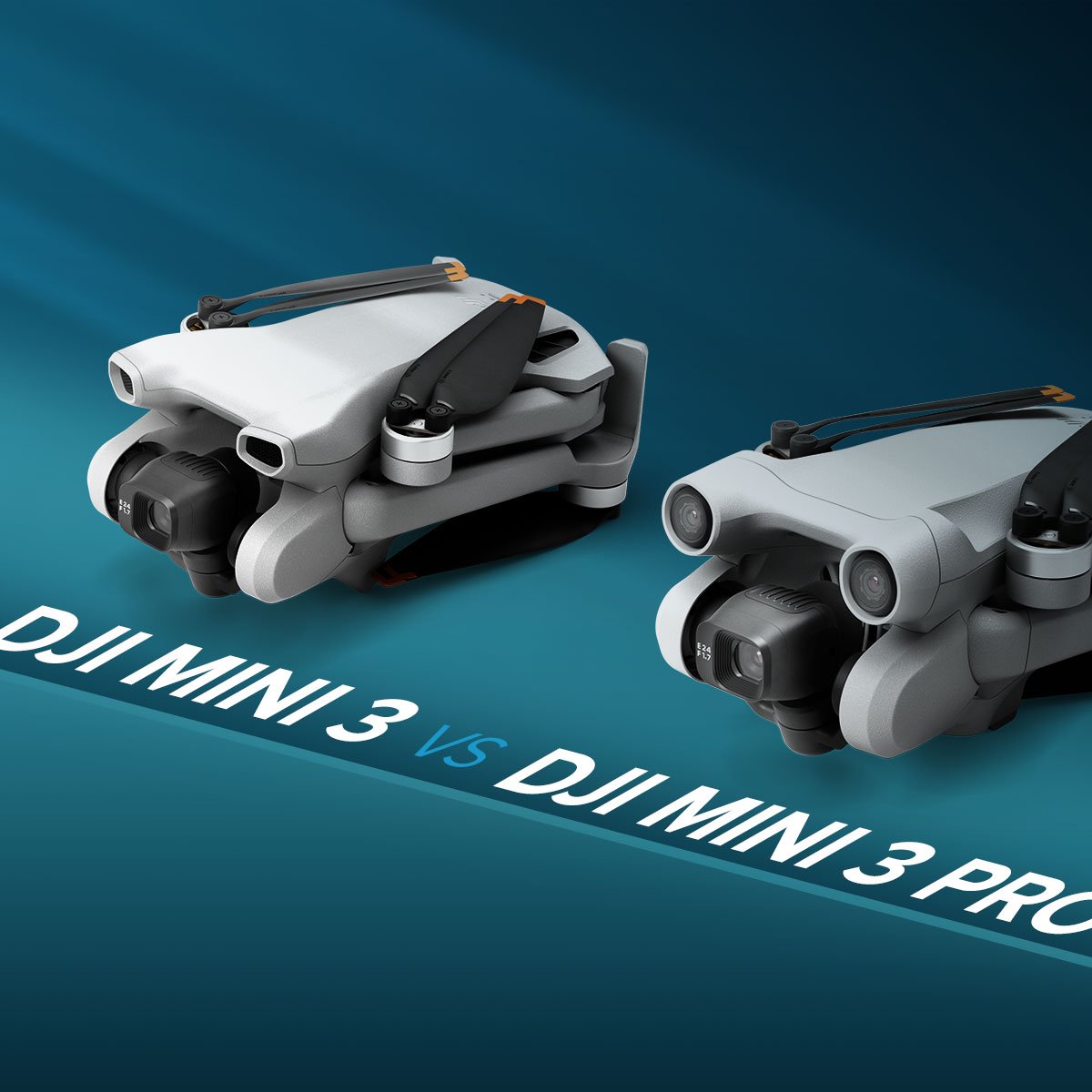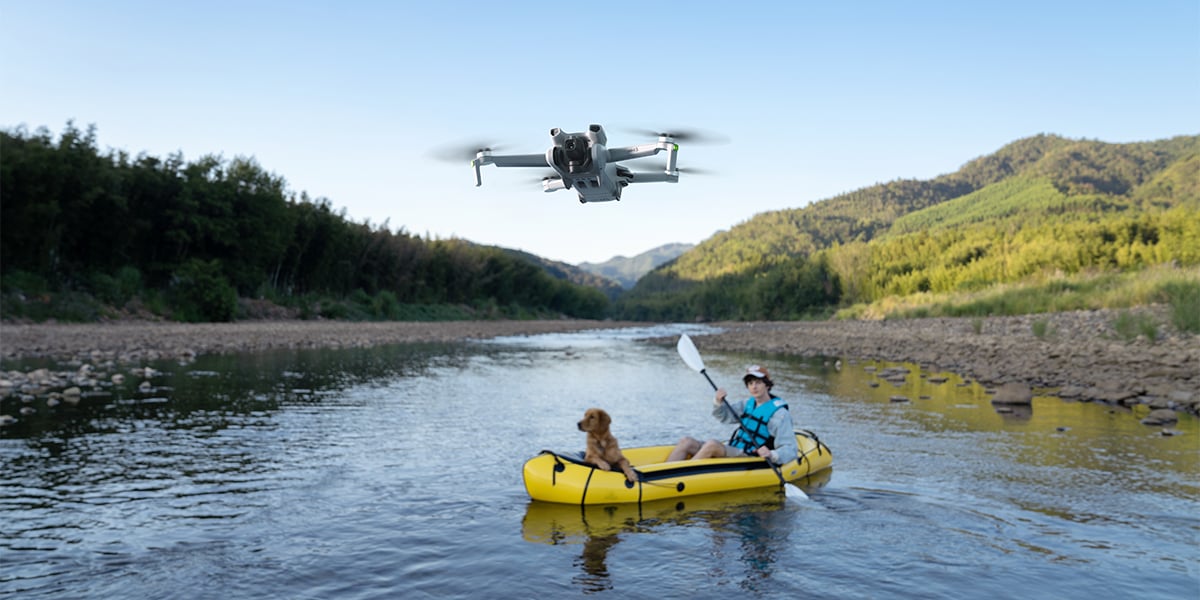DJI Mini 3 Pro vs DJI Mini 3— Which Should I Get?


If you didn’t already know, DJI had yet another release in its Mini series—the DJI Mini 3.
Between so many new consumer products, buyers’ heads are spinning…so which drone is right for you? Let’s take a closer look at the Mini 3 and compare it to its older brother, the Mini 3 Pro.
Key Differences
Price is always going to be a driving factor in consumers’ decisions. The Mini 3 Pro is one of the most affordable drones DJI has to offer, starting at $669 solo; the Mini 3 offers users more or less the same flagship features, with a lower price tag of $469. For those who already have a compatible DJI controller, the $200 difference may not matter. If you’re a first-time flyer and you need all the equipment to fly, the Mini 3 Fly More Combo with the standard RC starts off at $718—a little pricier, but still more affordable than most drone sets.
As entry-level drones, both the Mini 3 and Mini 3 Pro weigh 249g, keeping them under the regulation weight for which most governments require registration and additional permits or licenses (note that if you’re using your drone as a side hustle or for business purposes, you will still need a Part 107 license). Its small size makes it portable and convenient, ideal for travel, content creation, or recreational use on family outings.
Both drones have the same sensor size, which offers 12 MP photos and 4K HDR videos; it’s important to note that there is a difference in the image and video resolution, as the Mini 3 can only record in 4K 30p, compared to the Pro’s 4K 60, and the Mini 3 Pro can also capture 48 MP photos. The Mini 3 Pro offers a D-cine-like color profile, which is great for those who like to color-correct their videos/footage, while the Mini 3 doesn't.

Users will also note one of the major differences between the intelligent features of the Mini 3 and Mini 3 Pro— the Mini 3 does not have ActiveTrack, Mastershots, or Hyperlapse, however, it does have an RTH (return to home) function in full capacity, including RTH when the Mini 3 is low on battery or loses signal.
One of the best features of the Mini 3 Pro is the obstacle sensing system which has powerful sensors that protect the drone in four directions—forward, backward, above, and below– but the Mini 3 only has the downward vision system. It does feature the infrared system, but beginners won’t have the added protection that the Mini 3 Pro offers; it’s better than not having an obstacle avoidance system, but for an extra $200, users who are wary of their flight skills may want to invest in the Mini 3 Pro.
Either way, the Mini 3 and the Mini 3 Pro are great drones for pilots that want an elevated flight experience on a tighter budget. If you’re ready to purchase, check out the entire series options here.
Need more help? Connect with our experts!
